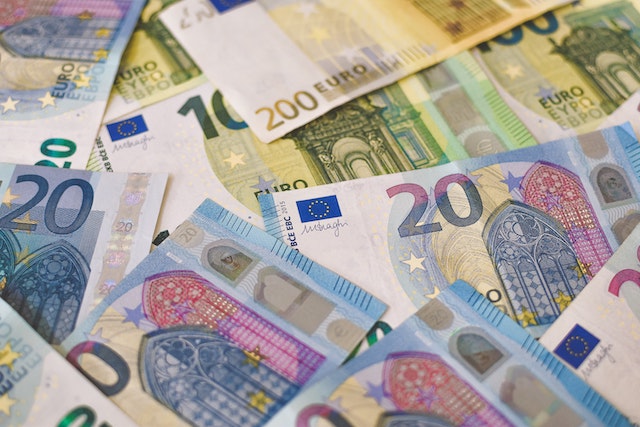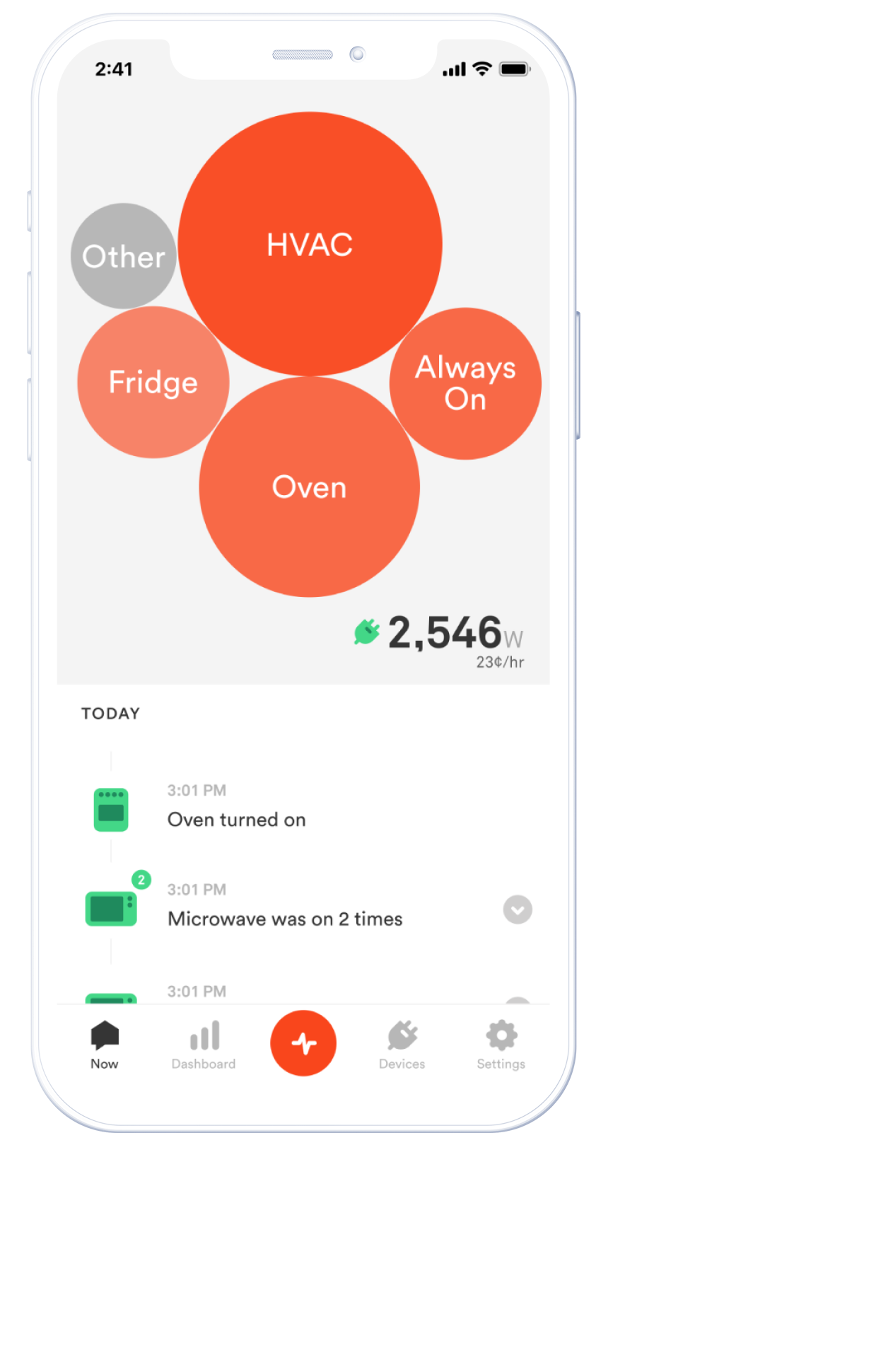Easing Europe’s Energy Crisis: Is the magic in the meter?
European consumers are in the pincer grip of soaring energy costs and rising inflation. In the UK, the average energy bill threatened to jump by 80%, a cost that would likely plunge millions of households into fuel poverty.

European consumers are in the pincer grip of soaring energy costs and rising inflation. In the UK, the average energy bill threatened to jump by 80%, a cost that would likely plunge millions of households into fuel poverty.
Belgium’s prime minister warned that Europe could face up to 10 years of difficult winters as a result of the standoff with Russia. The short-term storage of wholesale gas and recent government-funded packages across the continent will help protect consumers this winter, but they aren’t feasible in the long-term.
Now is the time to progress scalable and sustainable solutions to help consumers when these measures fall away.
Taking back control
There is not much that people can do about macroeconomics, but faced with electricity bills that are almost double what they were one year ago, there is a keen desire to manage this expense over which consumers have some control.
Lowering household power consumption isn’t just turning off the lights and tweaking the heating. Consumers need to identify the real energy hogs to make a dent in their consumption. Sophisticated technology available today can give every consumer across Europe the ability to manage their energy bills better and have true societal impact.
The answer lies in a new era of electricity meters.
The magic is in the meter
When specified appropriately, AI-ready smart meters can reduce customer bills, access flexibility behind the meter, and reduce grid costs.
They do this using software rather than relying on expensive hardware installations or integrations. These AI ready smart meters can provide Real Time Load Disaggregation (RTLD) which helps consumers to instantly understand energy consumption at an appliance level.

This makes it simple for householders to save money on their bills, enabling them to identify the appliances and behaviours that are driving energy costs.
Every home is different but UK customers with Sense could save on average 9% on their yearly bill (£225/€255), with many saving up to 25% (£625/€708). Other major European countries would also benefit significantly and see similar cost savings.
Behavioural demand side response becomes much more effective with the combination of RTLD and a mobile app. Consumers receive nudges to turn down specific high consuming appliances. That makes it easy to act, maximising both load and participation. At scale, load under control becomes reliable and predictable, negating the need for direct control. Consumption, voltage, and frequency can be managed cost effectively via domestic meters. Homes can shift 4.5x more load during demand peaks or when the time of use tariff changes.
A small investment in building more capable smart meters will deliver immense benefits several times over for decades to come.
Conclusion
Europe is facing a winter of uncertainty and discontent. None of the government interventions being put in place will be enough to save consumers in the long-term from higher electricity prices. We need robust innovative solutions deployed at scale to make a tangible difference to consumers’ day to day lives.
AI-ready smart meters, capable of real time load disaggregation, offer a compelling response. The technology required adds just a few Euros to the cost of a meter but drives huge cost savings and data-driven opportunities across the rest of the energy system. In turn, lower consumption, lower balancing and lower maintenance means lower customer bills.
And we still get to deliver the energy transition.